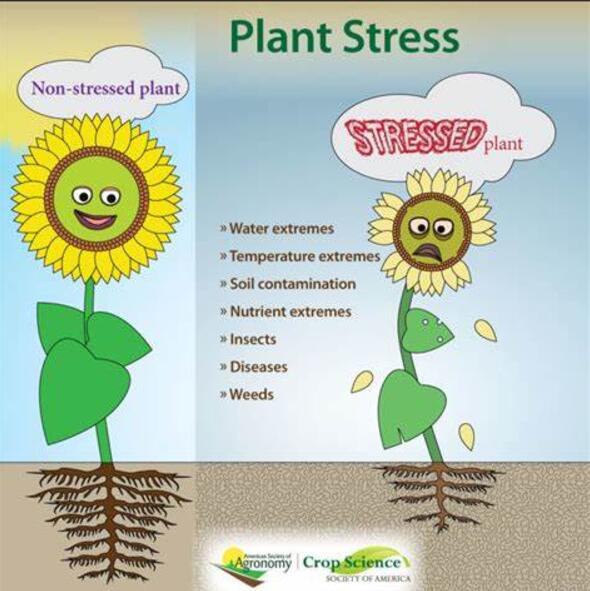Transcriptome-derived networks reconstruct distinct immune strategies to counteract fungal infection under different iron availability between Arabidopsis and rice
IF 6.8
Q1 PLANT SCIENCES
引用次数: 0
Abstract
Fe, an essential element for plants to sustain central biological functions, recently emerged as a modulator of immunity. However, our understanding of the crosstalk between Fe and defence is limited. Here, we report antagonistic immune phenotypes in Arabidopsis thaliana and Oryza sativa infected by Colletotrichum higginsianum and Magnaporthe oryzae under different Fe nutritional status. Functional and topological analysis of transcriptional networks unveiled differences in complexity and hierarchy for similar biological functions, as well as in Fe usage and distribution, between the two pathosystems, with a focus on the plant side. Mechanistically, our results are consistent with a regulatory role of Fe in the biosynthesis of the defensive metabolites glucosinolates in A. thaliana (joint effect hypothesis), whereas O. sativa uses Fe to trigger oxidative stress at infection sites (metal defence). Nevertheless, common regulatory features might differently coordinate the transcriptome responses of both species. An evolutionary interpretation of divergences in the interplay between Fe and plant immunity is discussed.
求助全文
约1分钟内获得全文
求助全文
来源期刊

Plant Stress
PLANT SCIENCES-
CiteScore
5.20
自引率
8.00%
发文量
76
审稿时长
63 days
期刊介绍:
The journal Plant Stress deals with plant (or other photoautotrophs, such as algae, cyanobacteria and lichens) responses to abiotic and biotic stress factors that can result in limited growth and productivity. Such responses can be analyzed and described at a physiological, biochemical and molecular level. Experimental approaches/technologies aiming to improve growth and productivity with a potential for downstream validation under stress conditions will also be considered. Both fundamental and applied research manuscripts are welcome, provided that clear mechanistic hypotheses are made and descriptive approaches are avoided. In addition, high-quality review articles will also be considered, provided they follow a critical approach and stimulate thought for future research avenues.
Plant Stress welcomes high-quality manuscripts related (but not limited) to interactions between plants and:
Lack of water (drought) and excess (flooding),
Salinity stress,
Elevated temperature and/or low temperature (chilling and freezing),
Hypoxia and/or anoxia,
Mineral nutrient excess and/or deficiency,
Heavy metals and/or metalloids,
Plant priming (chemical, biological, physiological, nanomaterial, biostimulant) approaches for improved stress protection,
Viral, phytoplasma, bacterial and fungal plant-pathogen interactions.
The journal welcomes basic and applied research articles, as well as review articles and short communications. All submitted manuscripts will be subject to a thorough peer-reviewing process.
 求助内容:
求助内容: 应助结果提醒方式:
应助结果提醒方式:


